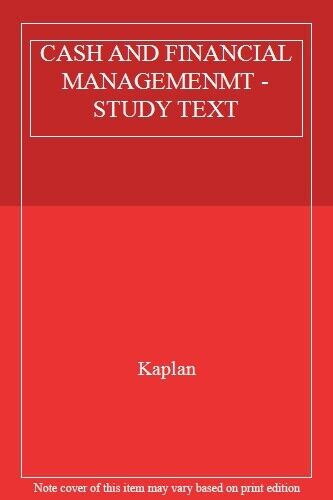Question
2. Formulate but do not solve the following exercise as a linear programming problem. A farmer plans to plant two crops, A and B .
2. Formulate but do not solve the following exercise as a linear programming problem. A farmer plans to plant two crops, A and B. The cost of cultivating Crop A is $40/acre, whereas the cost of cultivating Crop B is $50/acre. The farmer has a maximum of $7500 available for land cultivation. Each acre of Crop A requires 20 labor-hours, and each acre of Crop B requires 25 labor-hours. The farmer has a maximum of 3100 labor-hours available. If she expects to make a profit of $160/acre on Crop A and $220/acre on Crop B, how many acres of each crop, x and y respectively, should she plant to maximize her profit P in dollars?
| Maximize | P | = | subject to the constraints | ||
| cost | |||||
| labor | |||||
| x 0 | |||||
| y 0 | |||||
3. Suppose payments were made at the end of each month into an ordinary annuity earning interest at the rate of 2.5%/year compounded monthly. If the future value of the annuity after 12 years is $70,000, what was the size of each payment? (Round your answer to the nearest cent.)
4. Find the periodic payment R required to amortize a loan of P dollars over t years with interest charged at the rate of r%/year compounded m times a year. (Round your answer to the nearest cent.)
P = 80,000, r = 5.5, t = 16, m = 2
5. The Johnsons have accumulated a nest egg of $40,000 that they intend to use as a down payment toward the purchase of a new house. Because their present gross income has placed them in a relatively high tax bracket, they have decided to invest a minimum of $2400/month in monthly payments (to take advantage of the tax deduction) toward the purchase of their house. However, because of other financial obligations, their monthly payments should not exceed $3000. If local mortgage rates are 4.5%/year compounded monthly for a conventional 30-year mortgage, what is the price range of houses that they should consider? (Round your answers to the nearest cent.)
least expensive:
most expensive:
6. Robin, who is self-employed, contributes $4000/year into a Keogh account. How much will he have in the account after 25 years if the account earns interest at the rate of 3.5%/year compounded yearly? (Round your answer to the nearest cent.)
Step by Step Solution
There are 3 Steps involved in it
Step: 1

Get Instant Access to Expert-Tailored Solutions
See step-by-step solutions with expert insights and AI powered tools for academic success
Step: 2

Step: 3

Ace Your Homework with AI
Get the answers you need in no time with our AI-driven, step-by-step assistance
Get Started


